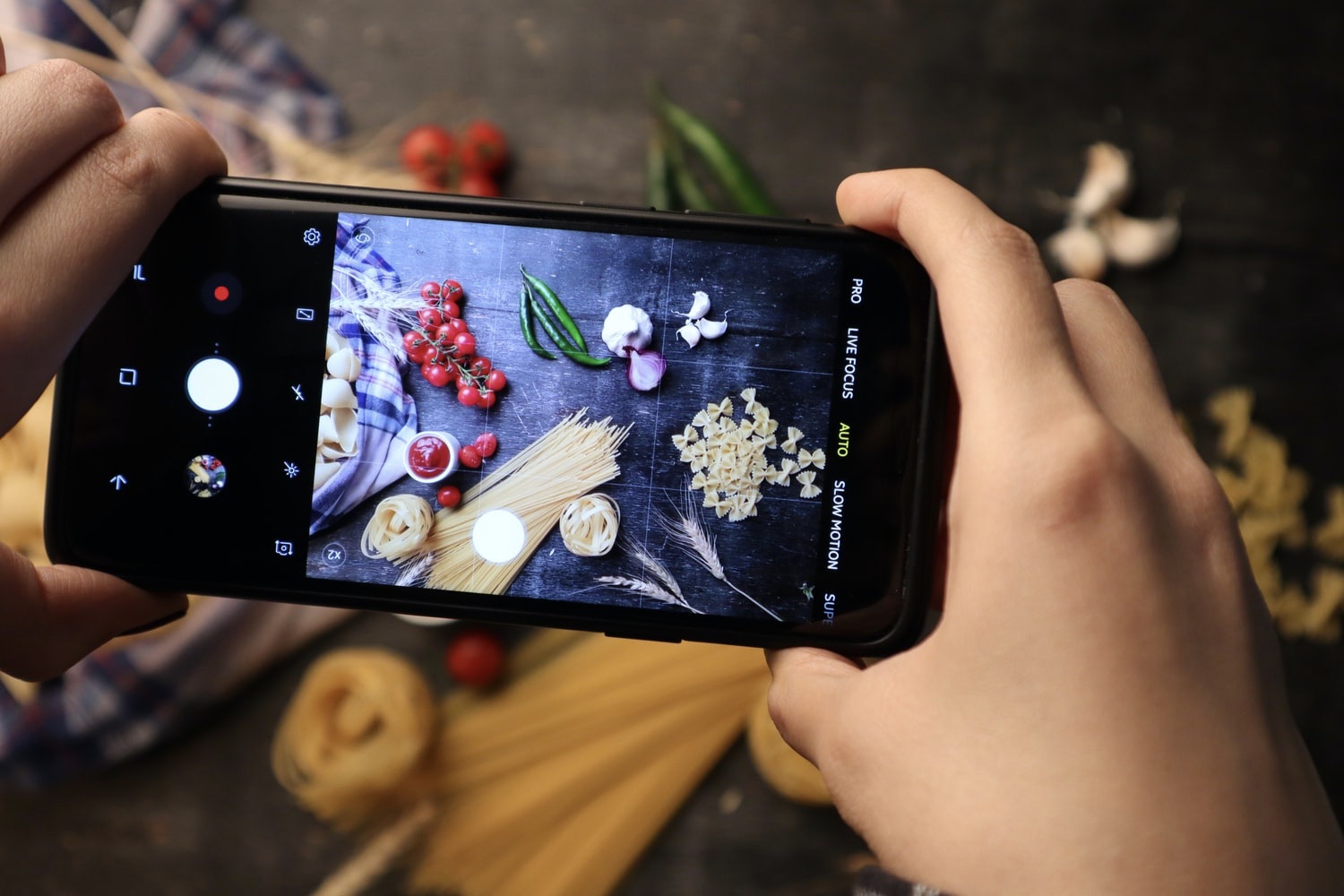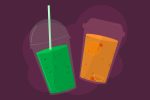Whether you’re vegan, pescatarian, vegetarian or a meat eater, it’s safe to say that nutrition is important. Nutrition is an essential part of a healthy lifestyle, no matter what diet or eating pattern you choose. But if you’re struggling to figure out how much or what’s best to eat, there are nutrition apps for that!
Just like everything else in the world, health and wellness has gone digital. If you’re an athlete or have any knowledge of the fitness world, then I’m sure you’ve come across at least one nutrition app.
There are plenty of nutrition apps on the market. Many do the same thing while others have different functions, and some may suit the way you live better than others.
When talking about nutrition, people often get confused and think it’s just the food they eat, but it goes much deeper than that.
Basics of Nutrition
If you’re not familiar with macronutrients, also known as macros, they provide your body with energy to function, and they are consumed more than any other nutrients. Protein, carbohydrates (carbs) and fats are the three macros that fuel the human body.
Along with macros are micronutrients, such as zinc or vitamin D. They all add up to the total amount of calories you will consume or have consumed. When counting macros, calories should still be kept in mind, but they don’t have to be the direct focus.
By counting macros, you understand where the calories are coming from, which enhances the idea that food is fuel and promotes a better relationship with food. If counting sounds like a lot of work, that’s because it is — but nutrition apps will do the counting for you.
How Nutrition Apps Work
The general function of a nutrition app is to evaluate personal data. Weight, height and age are the main factors used so the apps can calculate your caloric intake or the macros that you should eat. This method comes from the original handwritten formula.
Often, people like to believe they are experts when using a device, or they don’t do the correct research because they trust the apps they are putting their information into.
Some nutrition apps automatically calculate the amount of macros or calories you should be eating once you input your personal numbers regarding weight, height and age. This can be detrimental if you don’t keep up with the correct amount of caloric input versus output. Sometimes, the methodology behind the calculations are incorrect.
Not being cautious can result in damage to your body, like metabolic damage or dysfunctional hormones. Though nutrition apps are helpful and easy to use, it’s always best to consult a registered dietitian or a nutritionist to ensure you’re doing what’s best for your health.
But if you’ve done enough research and feel like you’re at a good starting point, you can see insane progress when using nutrition apps correctly.
MyFitnessPal
MyFitnessPal is one of the most popular nutrition apps, as it’s been around for a while. The free version allows target numbers for macros, whiles the premium allows for exact numbers. However, the free version can still help you keep track of what food you eat throughout the day.
Whether you want to search for a restaurant to view the nutrition of their menu, or meet others through the community forum, MyFitnessPal offers more than enough for a beginner and pro tracker.
Lifesum
Lifesum is a well-known nutrition app that tracks calories and macros, and also offers meal plans; the meal plans created by the app are tailored to your goals.
If you feel like getting creative, there’s also a recipe section that includes nutrition information, which will allow you to track what you’re making. There’s also a premium version, though the free version is enough.
Myplate
Myplate doesn’t hide that it’s a calorie counter. Created by LIVESTRONG, the app suggests simple foods based on your preferences and calorie goals. It also has free meals designed by registered dietitians, so you don’t have to think about what to eat.
With this app, you can visualize your progress because once you input your numbers, the app shows nutrition charts, ensuring that goals are reached.
Each app has a different catalog of restaurant menus and items in their database, but all of them integrate forums, weight tracking, water intake, progress pictures and bar scanning to ensure you stay on the right track. They also all do the most important thing, which is track macros and caloric intake and, above all, hold you accountable.
ChooseMyPlate
If you’re not knowledgeable or comfortable enough to make the full tracking jump, then try ChooseMyPlate, which the U.S. Department of Agriculture credits with ensuring healthy eating habits by hitting one goal at a time
This app is extremely informative, more so than the rest, as you learn about the different food groups that make up your diet. This app rewards users by giving badges as food group goals are completed.
The app has a sleek interface, and even though it’s not as in-depth regarding calories or macros, it’s a great way to begin your journey toward a healthier lifestyle and diet.
When To See a Dietitian or Nutritionist
As mentioned before, it’s always best to consult a registered dietitian for your health, especially if you have no knowledge regarding nutrition and health. A lot of nutrition apps don’t take into account your daily activity or your health situation.
Some people may start on an app and follow the given numbers, but then reach a plateau. This is where many give up and rebound because they think it’s their fault or become discouraged.
Talk with a coach, see a dietitian or do research if this occurs — reevaluate what you’re eating and how you’re moving.
The USDA publishes Dietary Guidelines every five years. These guidelines are developed to help Americans eat a healthier diet as well as improve eating patterns. Currently, the 2020 Dietary Guidelines Advisory Committee is working to establish the 2020 through 2025 guidelines, and you can help.
All people are unique; therefore, the guidelines are helpful to look into when learning, as it takes everyone into account. Nutrition apps can help. There is no perfect diet for everyone, which is why it’s great to explore and learn about food.
Remember that nutrition is 80% of the process; the other 20% is physical activity, which can also be achieved by using apps.

















